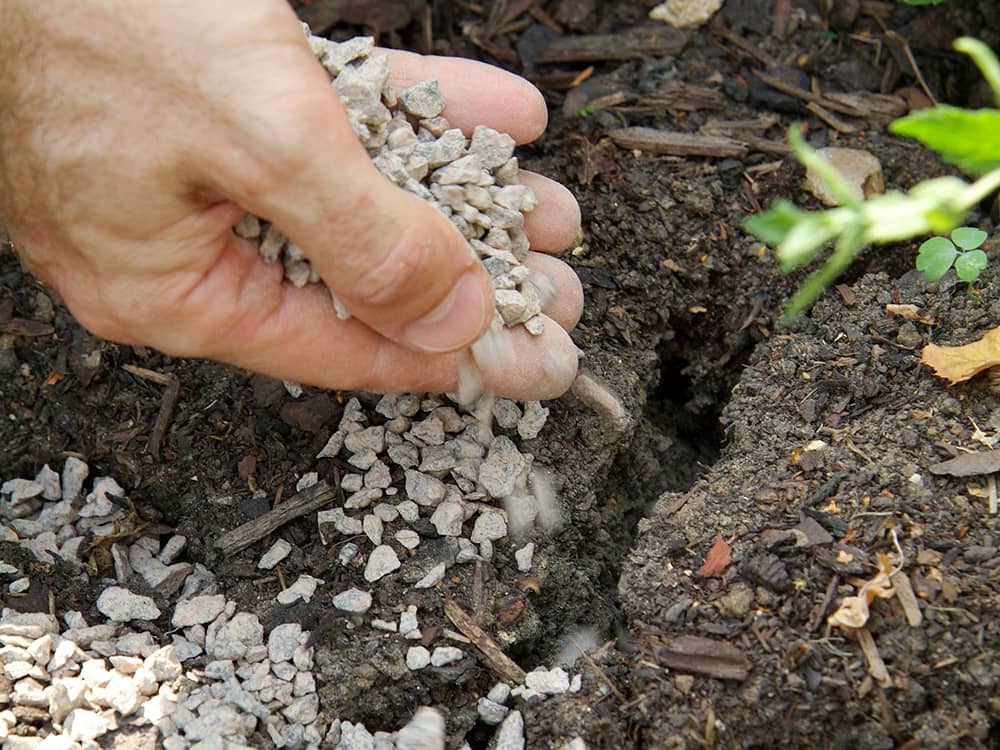These are 11 things you do in the garden at the end of September

It's autumn! And that means we can garden in abundance. There are plenty of fun gardening chores waiting for the end of September, like harvesting, planting, and pruning. Discover everything you can do in the garden in week #39 of September in this checklist.
Read more below the advertisement
Wondering which plants and flowers you can sow right now? Which vegetable garden chores you absolutely can't put off any longer? And when's the right time to prune that particular tree or shrub? The Gardeners' World editors are happy to help with practical gardening tips. Below, you'll find the best gardening tasks for week #39 in September.

Fix unsightly patches in your lawn by reseeding them with grass seed . Before sowing, rake the soil slightly. Make sure the patch is level and at the same height as the rest of the grass. Spread the seed evenly over the area, rake gently again, and water lightly in dry weather. At this time of year, grass seed will germinate within 10 days.

Cut off vines of unripe tomatoes grown outdoors before it gets too cold and ripen them indoors. Tip: Add a banana to speed up the process.


This week is Native Sowing Week ! This is the perfect time to sow native seeds, so get started right away – and encourage your neighbors, friends, and family to join in too. This way, we can sow together for more biodiversity and bring as much space as possible to bloom!


Propagate ferns by allowing the mini plants that sprout from the midrib of a leaf to root in moist potting soil.
Cut off a healthy leaf with mini plants and secure it along the midrib to potting soil. Water well and place in a warm, moist spot. Once the plants have established roots, you can cut the midrib with pruning shears to separate them. Place them in pots.

Fill pots with bulbs of early dwarf irises , which will create a spectacle in February. Plant them in sandy potting soil, three times as deep as they are tall. As soon as the weather gets colder and wetter (usually October), move them to a cold frame to keep them cool but dry.
Tip!

Wash and disinfect garden bird feeders, baths, and feeding platforms. This prevents the buildup of germs that could make the birds sick.

Once you have harvested a cabbage (such as red or white cabbage), leave the stalk and score an X in it. Up to four new mini cabbages will then grow from it in a few weeks.

- Which crops are always suitable?
- Growing and sowing for a year-round harvest
- Tips and advice from experts


You can harvest peppers as soon as they reach the right color and size. If you want a mild flavor, it's best to pick them early. The longer they hang on the plant, the hotter they become. The plants can tolerate lower temperatures well, so you still have a few weeks.

Autumn raspberries are likely still bearing fruit and some final flowers. Delay pruning these raspberries and prune them during the dormant season, cutting all the branches back to the ground.





